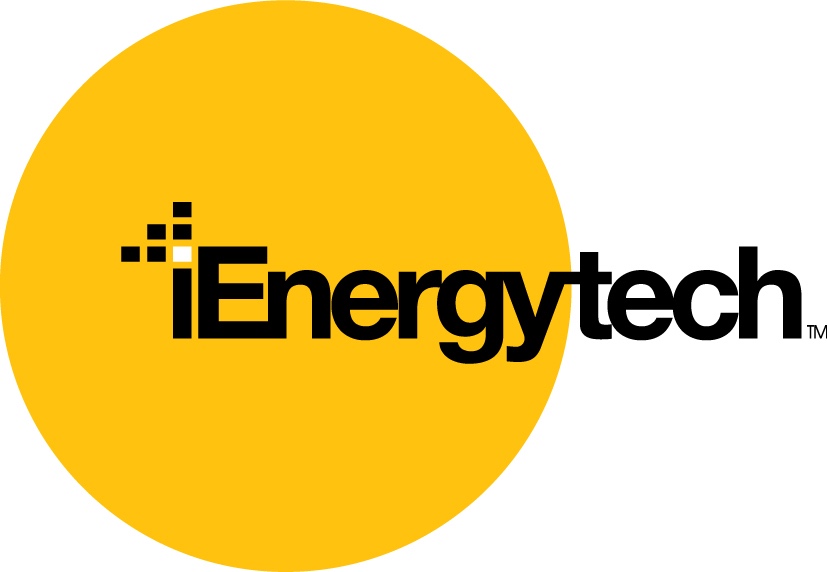PV Science
Essentially you could say that it is simply the transference of energy from the photon, to an electron, setting it motion in the solar cell and then guided through its journey down the low-resistance part of the circuit, to the loads (be they lights, fridges, machines, etc.) and back into the cell.
But surely there is more to this. If you have an appetite for the science, read on…
Silicon: A silicon atom has an equal number of electrons, protons and neutrons (14) and has no net electric charge. Silicon atoms bond with other silicon atoms leaving no spare electrons and forming a crystal, again with no net electrical charge.
Semiconductor: At temperatures near absolute zero, the electrons remain in their bonds. However if energy is supplied, an electron can break free and move through the crystal. The amount of energy is equal to that supplied by a photon of light in the infrared region (1.1 electron volts for those who care).
Photon: Photons with less energy pass through. Those with more will free an electron and the excess energy will be converted to heat.
Phosphorous: Along comes phosphorous, the next element up from silicon and guess what, it has 15 electrons and so has one extra when bonding with silicon. By doping, or adding atoms of phosphorous to silicon, we end up up with a ‘free’ electron which is very weakly bonded to the phosphorous atom. In typical solar-cell applications there is one ‘dopant’ phosphorous atom for every 500,000 silicon ones. Because of the excess electron we have an n-type silicon.
Boron: Now we will create a ‘p-type’ material. Because boron has one less electron in its outer shell (only 3), when combined with silicon (which has 4 of its 14 electrons in the outer shell) we effectively ends up with a ‘hole’. At room temperatures, there is enough energy to push a nearby electron into this ‘hole’. Due to these ‘holes’ or absence of electrons, silicon doped with boron forms a p-type junction.
Still here? Excellent…
(to be completed).

